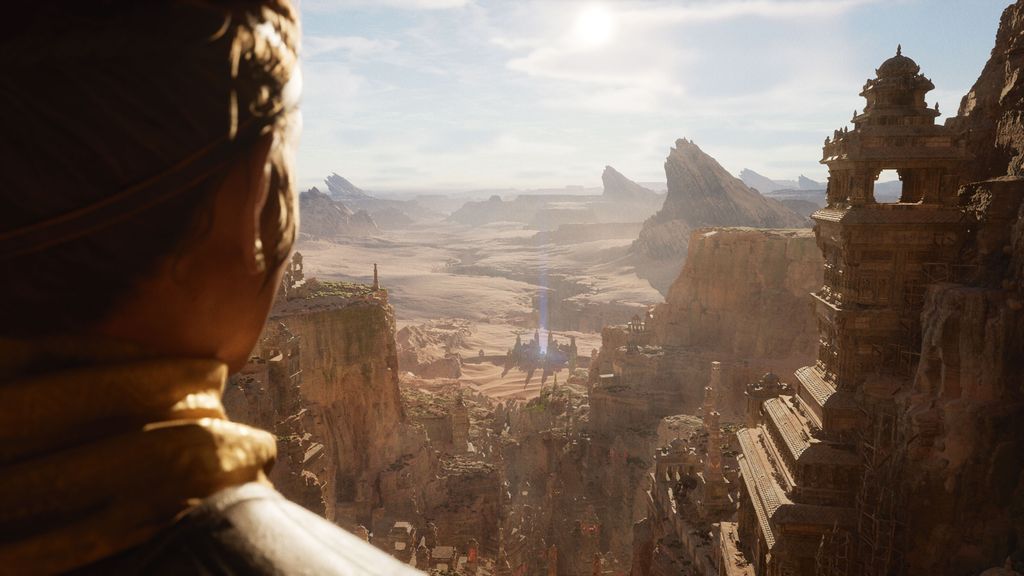
Developers say Unreal Engine 5 will 'empower them to be creative and take risks'
by Jacob RidleyEpic Games recently unveiled its next major game engine update, Unreal Engine 5 (UE5). It did so with a spectacular demo, Lumen in the Land of Nanite, which offered up our first glimpse of two new radical game building features: Lumen and Nanite. But while we're all trying to figure out what it all means for the future of videogames—and falling over a mountain of conjecture in the process—what's clear is that, while the changes introduced with UE5 may go a long way to improving the gaming experience, they'll do a whole lot more to change the process by which those games are being made.
But to find out what UE5 really means for game development, you have to go straight to the people building videogames. So I've reached out to some of today's top talent to find out what Lumen, Nanite, and Unreal Engine 5 could impact the process of videogame development.
Near unlimited detail and faster art production is a win-win!Stephen Kick, Nightdive Studios
"We're definitely biased, as we have been a partner/licensee with Epic since 2010 and have published almost all our games with their tech," Carlos Bordeu, one of three co-founders of studio ACE Team, says, "but I have to say that the demo they presented gave me a similar feeling to when they started showcasing Unreal Engine 3 for the first time. It looked like a huge leap in terms of graphics, and I feel Lumen (and more importantly Nanite) is one of the few true demonstrations of what the next gen will bring in technology.
"We've been creating normal maps from high resolution models to 'fake' additional geometric detail since 2007 at the studio," he continues, "and the thought of just importing high resolution meshes directly into the game almost feels surreal. This brings back memories of the tech demos showcasing Sparse Voxel Octree of many years back (when it seemed that it could be the way to get infinite geometric detail...), but that never came to be the standard solution. It is quite impressive to actually see a new technology that works on an upcoming console and that looks like it could become a standard for the upcoming generations."
Bordeu, whose work includes Rock of Ages and Zeno Clash, isn't alone in his excitement for Nanite: the UE5 technology that allows developers to import immensely detailed assets directly into videogames, and, in doing so, reduce time spent creating LODs and normal maps. Developers seem abuzz with the promise of Nanite—but not without some realistic caveats.
"A lot of time is spent optimizing geometry and textures in games," Liam Tart, an environment artist at Unknown Worlds, the studio behind Subnautica, says "and a lot of consideration has to be put into this side of things with every asset you make. Whilst I don't think that will ever go away completely (there are always going to be hardware limitations), the thought of not being as bound by geometry/texture budget constraints is definitely exciting.
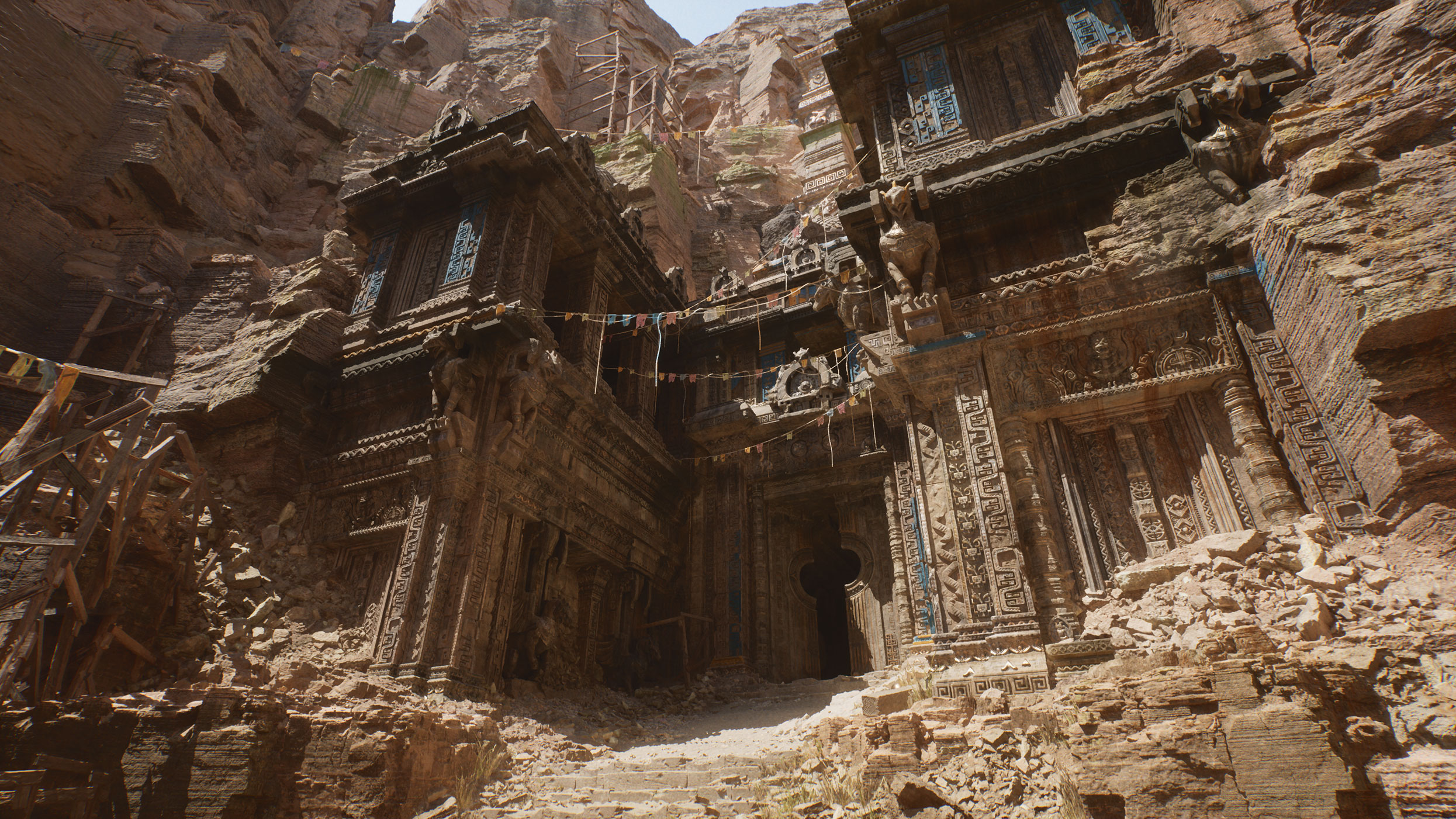
"An added bonus with this new technology is that you get an incredible level of detail when you get up close to these assets. Right now, we have to use a variety of tricks to imply a higher level of detail, such as using 'normal maps' to fake a higher resolution look. It seems that this new technology will subdivide your mesh even further to have to rely less on these traditional game art tricks."
What does that actually mean for level and character designers? Creative freedom without the looming weight of budgets and technical limitations, for one, Stephen Kick, CEO of Nightdive Studios, tells me.
"It’s exciting to think that UE5 could be the end of creating optimized game-ready models for static meshes," Kick says. "This will allow artists to focus on creating stunning art without having to worry about the technical side of asset creation. They can focus on the hi-poly model and texture work and eliminate retopologizing, unwrapping, LODs and baking which will save hours of time."
"Nanite is the feature that I find most exciting," Kick continues. "Near unlimited detail and faster art production is a win-win!"
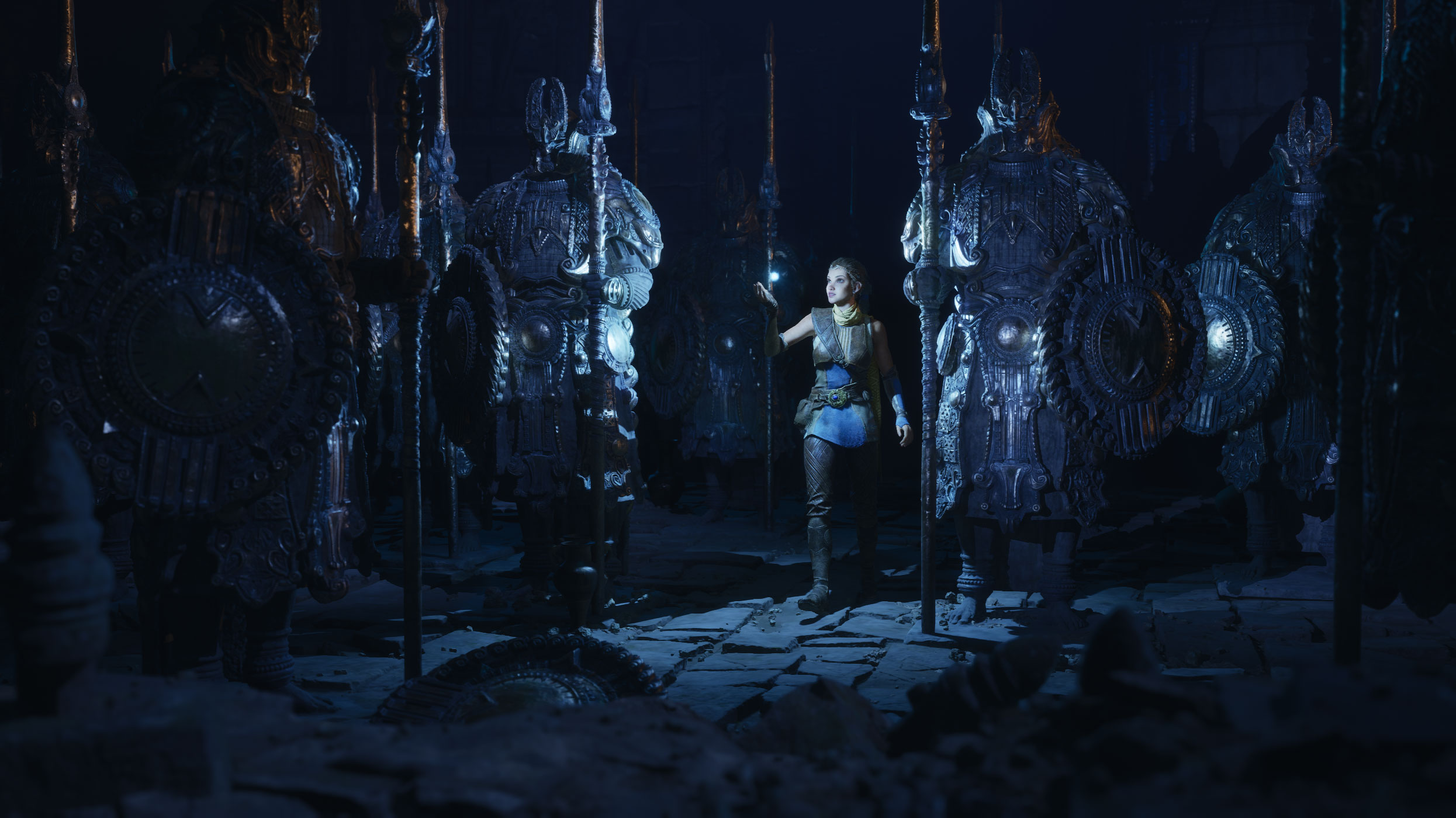
And isn't the goal of all of this just to let talented people get on with what they know best? That appears to be the overwhelming response I received from developers, including Sean McBride, creative director at Tripwire Interactive: "It allows the artists to focus on art, not technicals."
"These are the types of evolutionary upgrades to the game engines that really get me excited. Artists, Designers, Programmers; All of the different disciplines that make up the development team are bogged down by redundant tasks that could otherwise be optimized out of the development pipeline. This leaves the remaining time for creative solutions to bigger problems, or simply more time spent on the part of game development that we all got into this industry for."
Both Nanite and Lumen have potential to streamline the development process, removing the prerequisite steps required to jury-rig a stopgap solution. Asset creation requires an increasing number of steps to generate hi-poly assets without ballooning complexity and cost. And lighting, too, requires developers to 'bake' lighting into a scene, which serves to create further layers of abstraction from achieving realistic and dynamic lighting in-game.
The ability to iterate faster, and more effectively, will allow studios to take more chances in exploring the breadth and depth of existing genres.Jon Carr, Tripwire Interactive
Jon Carr, technical director at Tripwire Interactive, which launched Maneater just last week, equally shares that excitement. For him, streamlining the process of lighting and asset creation, which can take a matter of days, especially with cinematic quality assets, is front and centre to UE5's appeal. In fact, it's even a potential harbinger to a shift in resource management between colossal studios and their much more humble counterparts
"Oftentimes game teams will end up authoring duplicate sets of content for use in 4K or 8K modes for use in cinematics," Carr says, "and those will all be removed or replaced when it comes to heavy real-time moments that cannot use those intense objects.
"Furthermore, in many larger studios, double and triple A, you see an immense amount of time and money poured into systems that will distribute computation around lighting into a large farm of machines to make processing lighting data (baking lighting) as fast as they can in hopes that while the studio sleeps, a new version of the game will be ready to play the next day. The introduction of Lumen seems extremely advantageous to studios both large and small where the ability to produce more photorealistic lighting scenarios is hopefully no longer so difficult to achieve from a cost or time standpoint. I am excited to see how the gap between large and small studios shifts!"
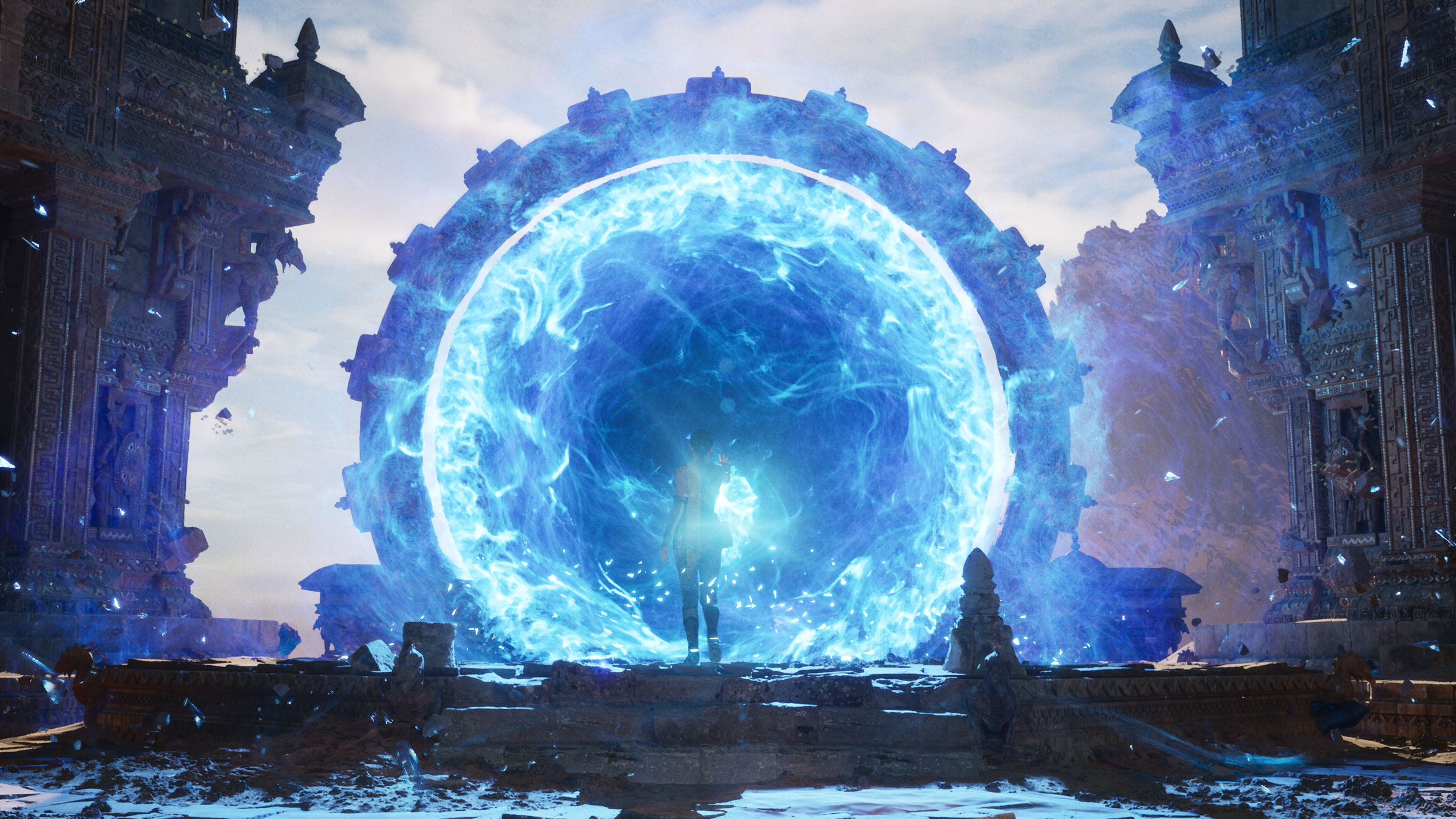
One of the questions I asked of Carr was whether either of the technologies outlined in UE5 could significantly shake-up the development process. His response: "absolutely."
"I have worked in small and large studios," Carr explains, "and there is no magic to making those triple A graphics. It is a matter of time, and money. The time portion can be reduced with a larger and larger work force to some degree. Much effort goes into striking the perfect balance between pushing a system too far or not far enough. In spending immense amounts of time improving technology or optimizing systems so you can indeed push the boundaries of what is possible."
There are, of course, plenty of engines and technologies built to accommodate, streamline, or reduce these workloads beyond UE5—it's a goal shared by the entire industry. Global illumination is a key driver behind ray tracing adoption as it stands today, wherein tracing the path of indirect and diffused lighting can serve to generate physics-based lighting that is entirely dynamic. Yet UE5, and its proprietary built-in solution to the same end, is proving popular among developers as an avenue to achieve that goal sooner rather than later.
What's new in Unreal Engine 5?
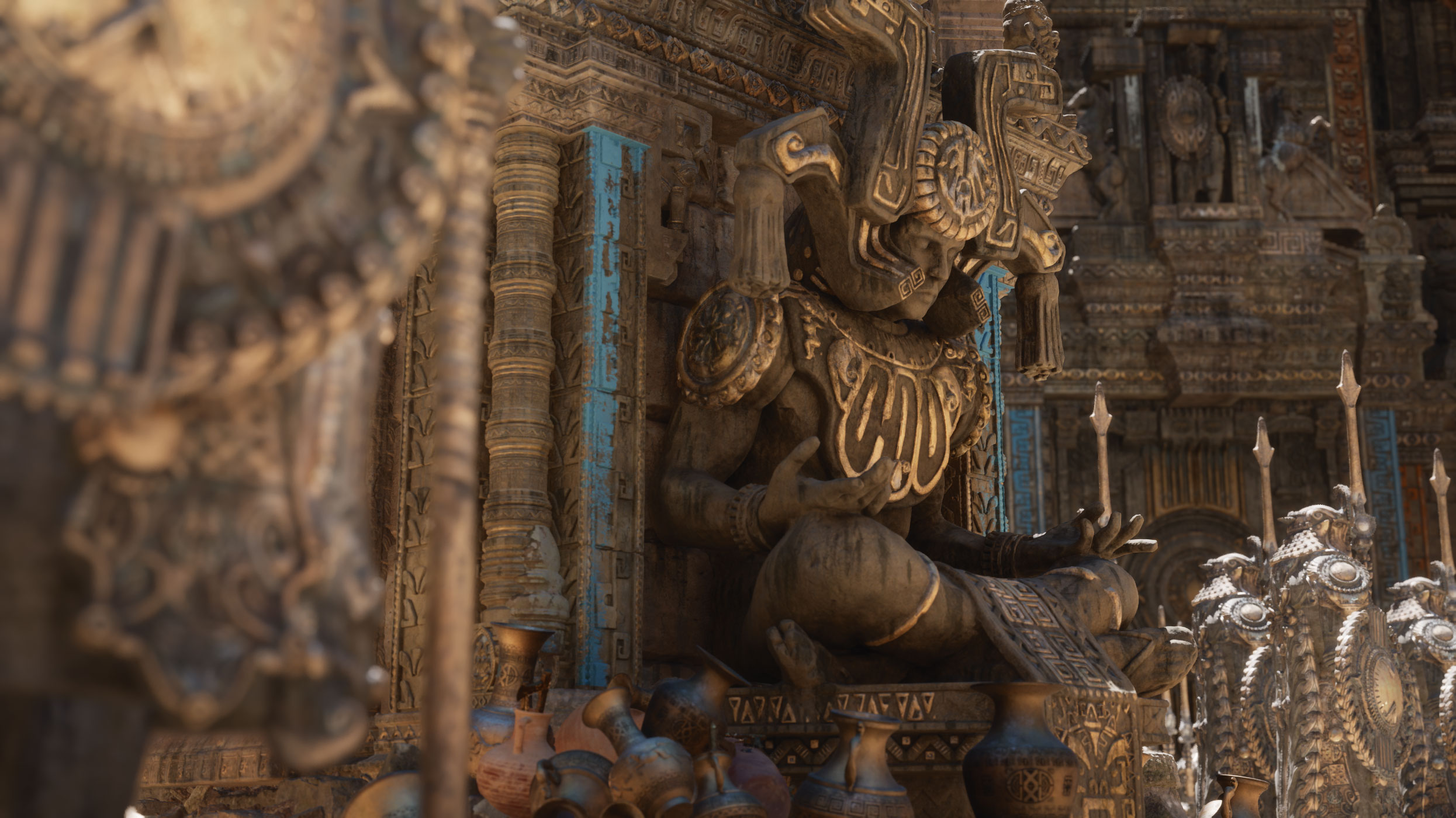
(Image credit: Epic Games)
Here's what Epic's Tim Sweeney and Kim Libreri have to say about the new features coming to Unreal Engine 5.
"The new lighting technology looks really exciting too," Liam Tart says. "A lot of games these days still rely on baked lighting, which tends to look really realistic but is quite time consuming to bake for each level you make. It can sometimes take hours to bake the lighting for one level, and you want to constantly iterate too so that increases a lot. This new global illumination tech is completely dynamic, which will speed up our workflows by a huge amount, not having to wait for your lighting to bake. It looks almost as good, if not better, than baked lighting, too, which is really nice."
"The new dynamic global illumination in particular has me salivating like a dog eyeing a steak," Robert Friis, art director at Ghost Ship Games, the studio behind Deep Rock Galactic, says. "Any improvements to how the engine handles lighting, shadows, and reflections—all of those things could potentially have a massive impact on the dark, gloomy cave-diving experiences we're building here at Ghost Ship."
"Higher fidelity assets, more accurate lighting, and reduced workload for developers, those are the big takeaways from what I've seen so far—and those are [I'll leave Friss's own styling in here for dramatic effect] SIGNIFICANT headlines.
"The whole trend we're currently seeing with ray tracing, path tracing, and global illumination suddenly being actual, viable aspects of a real-time videogame, that is a real game-changer from a graphics perspective," Friis continues. "We've gotten so good at faking lighting over the last ten years that most gamers likely won't notice much of a difference—but as a developer, it is [and here it is again] HUGE."
And what of Epic's work? There's understandably a hesitation on almost every developer's part to go full-bore on praising UE5 before they've even had a chance to play with it, but the general response suggests the videogame company is absolutely going in the right direction to enable so-called 'next-gen' experiences, but perhaps not exactly in the way everyone's talking about right now.
A sentiment shared by almost every developer I spoke with is that the changes coming with UE5 will allow every person within a team to better spend their time working on what they love and take more risks. That's what will enable for the expansive, rich, and well-crafted videogames of the next generation.
Enabling even more heart and soul to seep into videogames? I'm sold. There's just one catch, according to Stephen Kick, and that's game install size.
"The only drawback I see is exponentially increasing the install size of the game," Kick says, "which even now is nearing 100GB or more for some titles."
But we can deal with that when the time comes. Maybe penta-level cell SSDs, what with their sky-high capacities, will save the day? But probably not.
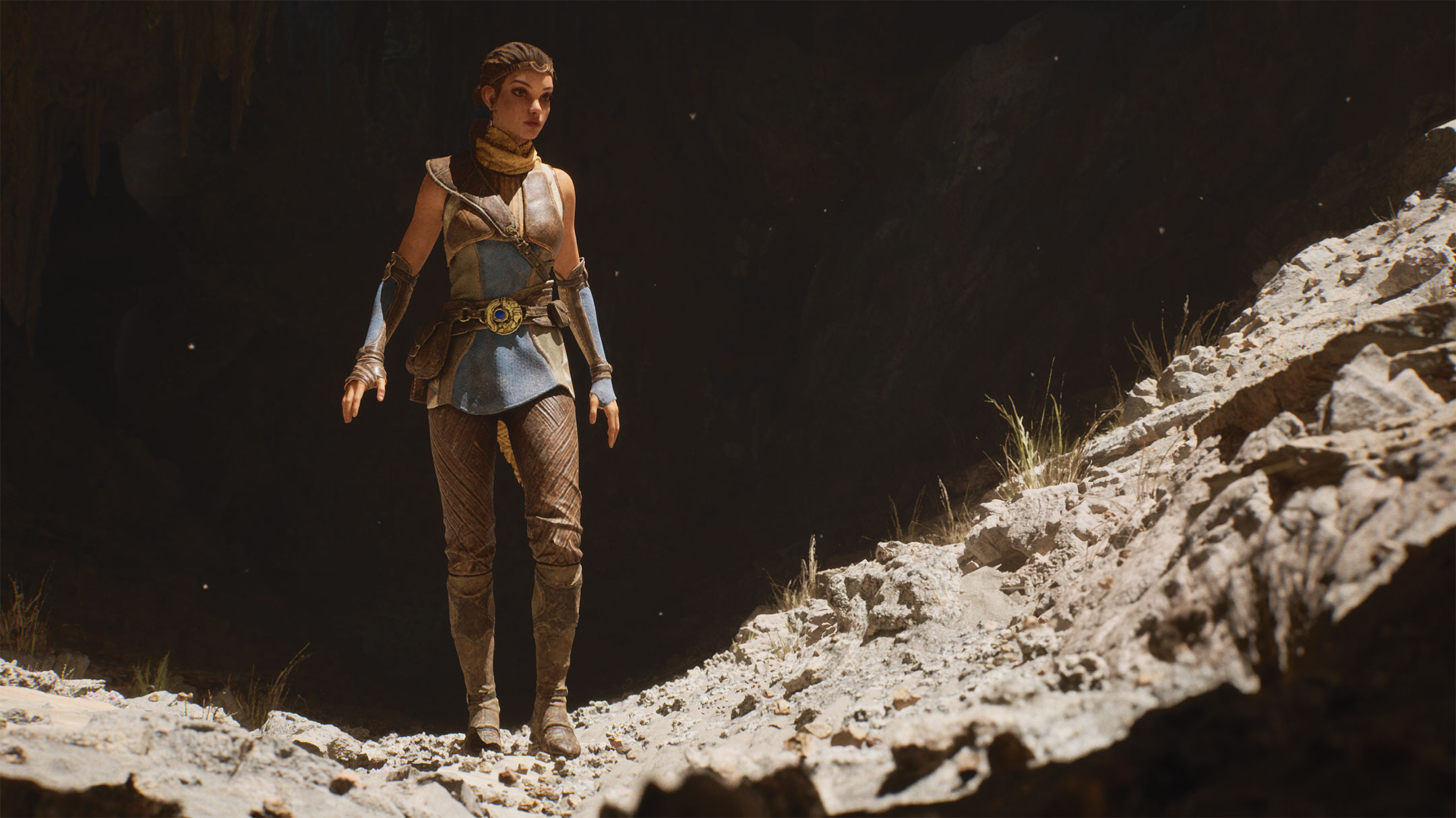
It sounds like we're onto a winner nonetheless. And developers are already keen to get on board. Larry Kuperman, director of business development at Nightdive Studios, tells me the team is already in discussion with Epic about its upgrade path as it reaches the home stretch of System Shock development on the latest version of the Unreal Engine, 4.25. ACE Team is sure to follow suit, too. And while Deep Rock Galactic won't see great benefit from the updates today, Robert Friis believes it could change how the studio looks into developing future projects.
There's a likelihood the features will have far broader implications for the entire industry, too. Unknown Worlds Entertainment's Liam Tart tells me that while the studio "may not use UE5 specifically" for its next project, he believes the "new tech will likely also bleed over to other game engines if it's viable enough." And that he "could see Unity incorporating this sort of technology eventually."
So essentially it sounds like the UE5 demo excited game developers as much as it did everybody else. Unreal Engine 5 will be available in preview in early 2021, which means, unlike those game developers that get to play around with it from behind the scenes right away, most of us have to wait a lot longer to get our hands on a finished videogame built with it. Though it sounds like it will be worth the wait.
I'll leave you with one more quote from Jon Carr over at Tripwire because I think it sums up all the feedback I received succinctly.
"I think that the ability to iterate faster, and more effectively, will allow studios to take more chances in exploring the breadth and depth of existing genres," Carr says, "or spend time and energy thinking up more creative ideas to captivate their fans and audiences. Seeing the work that Epic is doing in UE5 will give more studios the confidence that they can quickly take assets to a game ready state empowering them to be creative, take risks, and make a product they may not have been able to previously."
Thanks to all the developers for responding. You rock!